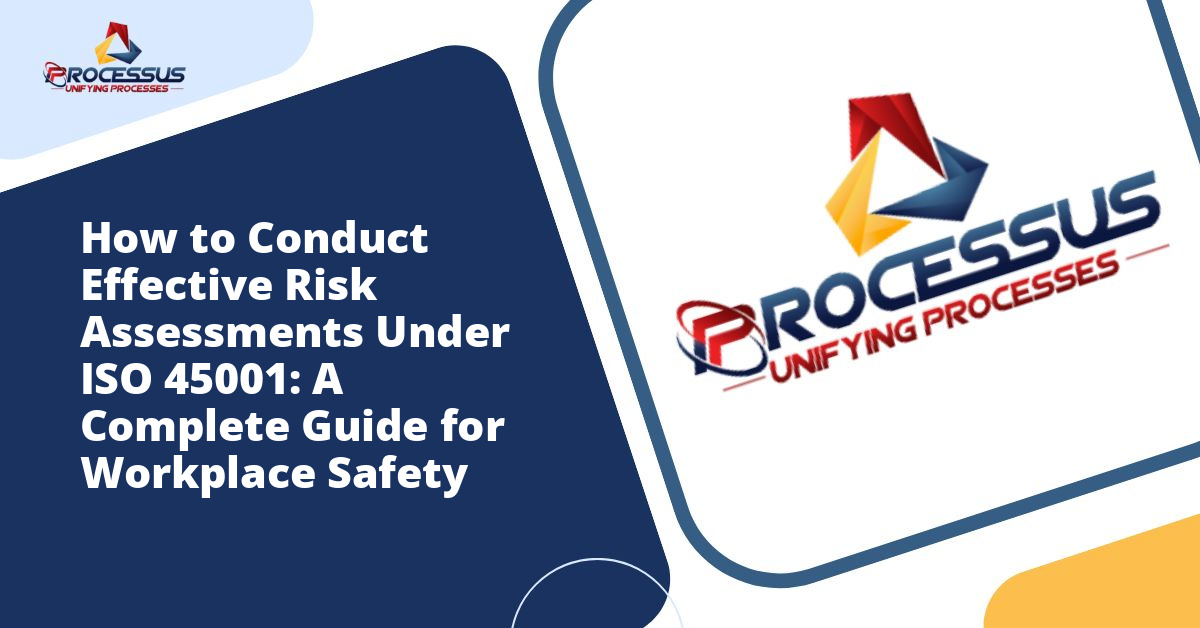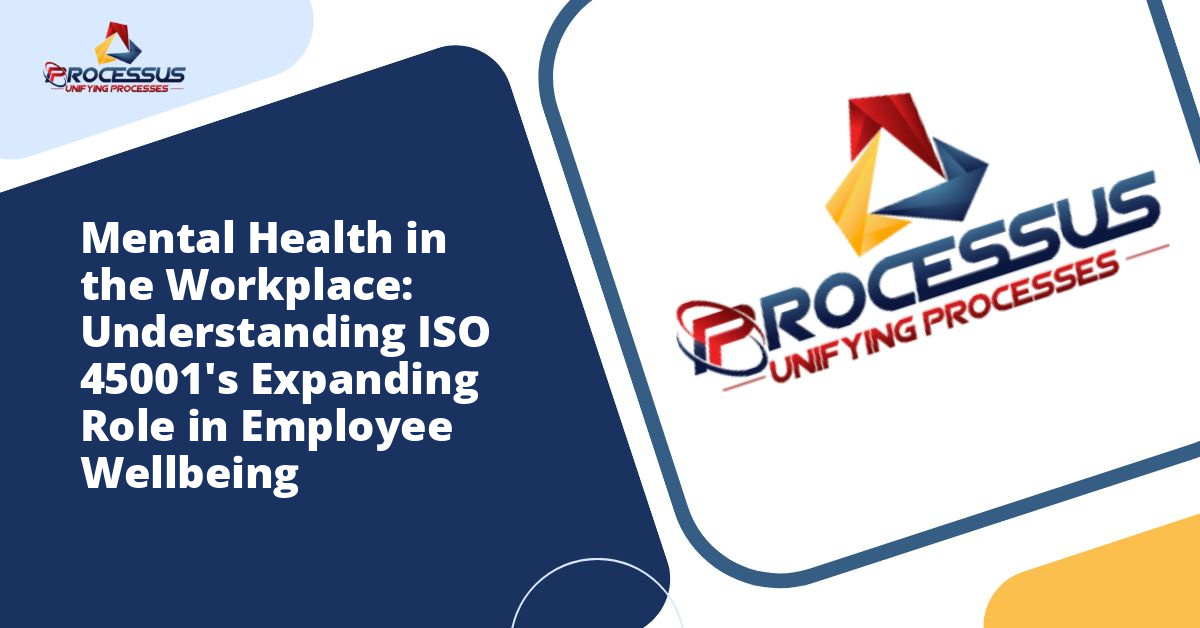The landscape of occupational health and safety has transformed dramatically over recent decades, moving away from a traditional top-down approach toward one that recognizes workers as essential contributors to workplace safety. At the forefront of this shift stands ISO 45001, the international standard for occupational health and safety management systems, which places worker participation at its very core. Understanding why and how worker involvement drives success in implementing this standard is crucial for organizations seeking to create genuinely safe and healthy work environments.
Understanding ISO 45001 and Its Revolutionary Approach
ISO 45001, published in March 2018, represents the first global standard for occupational health and safety management systems. This standard replaced the widely used OHSAS 18001 and brought with it a fundamental shift in how organizations approach workplace safety. Unlike its predecessors, ISO 45001 explicitly requires consultation and participation of workers at all levels of the organization. You might also enjoy reading about How to Conduct Effective Risk Assessments Under ISO 45001: A Complete Guide for Workplace Safety.
The standard recognizes a simple yet powerful truth: workers are the people who understand the risks and hazards of their jobs better than anyone else. They are the ones performing the tasks, operating the equipment, and navigating the work environment daily. This intimate knowledge makes them invaluable partners in identifying hazards, assessing risks, and developing practical solutions that actually work in real-world conditions. You might also enjoy reading about ISO 45001 for Small Businesses: Is It Worth the Investment?.
The Legal and Ethical Foundation for Worker Participation
Worker participation in health and safety matters is not merely a best practice; it is increasingly recognized as a fundamental right. International labor standards, particularly those established by the International Labour Organization, have long advocated for workers to have a voice in matters affecting their health and safety. ISO 45001 aligns with these principles, making worker participation a non-negotiable requirement rather than an optional extra. You might also enjoy reading about ISO 45001 vs OHSAS 18001: Understanding the Critical Changes in Workplace Safety Standards.
From an ethical standpoint, involving workers in safety decisions respects their dignity and acknowledges their stake in workplace conditions. Workers have the most to lose when safety systems fail, making it only right that they have a say in how those systems are designed and implemented. This ethical foundation strengthens the moral authority of safety programs and increases buy-in from the workforce.
Defining Worker Participation in the Context of ISO 45001
ISO 45001 makes careful distinctions between consultation and participation, recognizing that true worker involvement goes beyond simply asking for opinions. Consultation refers to seeking views before making decisions, while participation involves active engagement in the decision-making process itself. The standard requires both, creating a framework where workers are not passive recipients of safety policies but active architects of the safety culture.
Worker participation under ISO 45001 includes several key elements:
- Involvement in hazard identification and risk assessment processes
- Participation in incident investigation and analysis
- Engagement in determining training needs and developing training programs
- Contribution to establishing and reviewing occupational health and safety objectives
- Involvement in planning and implementing changes that affect workplace safety
- Participation in monitoring and measuring safety performance
The Business Case for Worker Participation
Beyond meeting standard requirements, worker participation delivers tangible business benefits that impact the bottom line. Organizations that embrace genuine worker involvement in safety matters consistently demonstrate superior safety performance compared to those that rely solely on management-driven approaches.
Enhanced Hazard Identification
Workers spot hazards that management might miss. Their daily interaction with equipment, processes, and work environments gives them insights that periodic inspections or audits cannot capture. When workers feel empowered to report hazards without fear of reprisal, organizations gain access to a continuous stream of real-time safety intelligence that allows them to address problems before they result in incidents.
Improved Risk Control Effectiveness
Control measures developed without worker input often fail in practice because they do not account for the realities of how work actually gets done. Workers can identify practical obstacles to implementing controls and suggest modifications that maintain protection while improving usability. This collaborative approach results in controls that people actually use rather than work around.
Increased Compliance and Accountability
When workers participate in developing safety procedures and policies, they develop ownership of those measures. This sense of ownership translates into higher compliance rates and peer-to-peer accountability. Workers who helped create safety rules are more likely to follow them and encourage their colleagues to do the same.
Reduced Incident Rates and Associated Costs
Organizations with strong worker participation programs consistently report lower incident rates, fewer lost-time injuries, and reduced workers’ compensation costs. The financial benefits extend beyond direct injury costs to include reduced production disruptions, lower insurance premiums, and decreased legal liability exposure.
Building Effective Worker Participation Mechanisms
Creating genuine worker participation requires more than announcing an open-door policy or establishing a suggestion box. Organizations must develop formal mechanisms and processes that enable meaningful worker involvement while overcoming common barriers.
Establishing Safety Committees
Joint health and safety committees bring together worker and management representatives to address safety issues collaboratively. Effective committees have clear terms of reference, regular meeting schedules, and the authority to make decisions rather than merely offering recommendations. Worker representatives should be chosen by workers themselves, ensuring they have the trust and confidence of their peers.
Creating Safety Representative Roles
Designated worker safety representatives serve as a bridge between the workforce and management on health and safety matters. These individuals require proper training to understand their responsibilities, knowledge of relevant legislation and standards, and protection from any adverse consequences of performing their safety duties. Organizations should allocate sufficient time for safety representatives to carry out their functions effectively.
Implementing Suggestion and Reporting Systems
User-friendly systems for reporting hazards, near-misses, and safety suggestions encourage ongoing worker input. Modern digital platforms make reporting easier and allow for tracking the status of reports, ensuring workers see that their contributions lead to action. Transparency in how reports are handled builds trust and encourages continued participation.
Conducting Regular Safety Meetings and Toolbox Talks
Regular team safety meetings provide forums for discussing current safety issues, sharing lessons learned, and planning safe approaches to upcoming work. These meetings should encourage dialogue rather than one-way communication, with supervisors facilitating discussion rather than simply delivering information.
Overcoming Barriers to Meaningful Participation
Despite the clear benefits, many organizations struggle to achieve genuine worker participation. Understanding and addressing common barriers is essential for success.
Cultural and Hierarchical Obstacles
Traditional organizational cultures that emphasize hierarchy and top-down decision-making can inhibit worker participation. Some managers may view worker involvement as threatening their authority or expertise. Overcoming this requires leadership commitment to culture change and may involve training managers in facilitation skills and collaborative decision-making approaches.
Fear of Reprisal
Workers will not participate openly if they fear negative consequences for raising safety concerns or challenging existing practices. Organizations must establish and enforce policies protecting workers who report safety issues and ensure that participation in safety activities never results in adverse treatment. Building this trust takes time and requires consistent demonstration that worker input is valued.
Language and Literacy Challenges
In diverse workplaces, language differences can prevent effective participation. Organizations should provide translation services, use visual communication methods where appropriate, and ensure that safety training and materials are accessible to all workers regardless of language or literacy levels.
Resource and Time Constraints
Meaningful participation requires time, and workers may face pressure to prioritize production over safety activities. Organizations must allocate adequate time for safety meetings, training, and committee work, making clear that this time is valued and expected. Production targets and performance metrics should account for time spent on safety activities.
Training and Competency Development
Effective worker participation depends on workers having the knowledge and skills to contribute meaningfully. Organizations must invest in training that goes beyond basic safety awareness to develop competencies in hazard identification, risk assessment, incident investigation, and problem-solving.
Training should cover the principles of ISO 45001 and help workers understand how their participation fits into the broader occupational health and safety management system. Worker representatives and safety committee members need additional training in areas such as workplace inspections, regulatory requirements, and effective communication.
Measuring and Monitoring Participation Effectiveness
To ensure that worker participation mechanisms deliver value, organizations need to monitor and measure their effectiveness. Relevant metrics might include:
- Participation rates in safety committees and meetings
- Number of hazards reported by workers
- Percentage of worker suggestions implemented
- Time taken to respond to worker-reported hazards
- Worker satisfaction with participation processes
- Correlation between participation levels and safety performance indicators
Regular surveys and feedback sessions can provide qualitative insights into how workers perceive participation opportunities and identify areas for improvement. This information should feed into the continuous improvement cycle required by ISO 45001.
The Role of Technology in Enabling Participation
Modern technology offers powerful tools for enhancing worker participation. Mobile applications allow workers to report hazards instantly with photos and location data. Digital platforms enable virtual safety meetings that include remote workers. Analytics tools can identify trends in worker-reported data that might not be visible through manual analysis.
However, technology should enhance rather than replace face-to-face interaction. The most effective approaches combine digital tools with traditional methods, using technology to make participation more convenient while maintaining the personal connection that builds trust and engagement.
Leadership Commitment and Management Responsibility
Worker participation cannot succeed without visible, sustained leadership commitment. Top management must demonstrate through actions that they value worker input and are willing to act on it. This includes allocating resources, removing barriers, and holding managers accountable for facilitating worker participation.
Middle managers and supervisors play a particularly crucial role, as they interact with workers daily and control access to participation mechanisms. Training for supervisors should emphasize their responsibility to encourage and facilitate worker involvement, and their performance evaluations should include assessment of how well they enable participation.
Case Examples of Successful Implementation
Organizations across various industries have demonstrated the power of worker participation in achieving ISO 45001 success. Manufacturing companies have reduced injury rates by involving production workers in designing machine safeguards and developing safe operating procedures. Construction firms have improved safety outcomes by including trade workers in planning meetings and pre-job hazard assessments. Healthcare organizations have decreased needlestick injuries and musculoskeletal disorders by engaging frontline staff in identifying risks and developing practical controls.
These success stories share common elements: leadership commitment, adequate resources, effective communication channels, and a culture that genuinely values worker knowledge and experience. They demonstrate that worker participation is not a burden but an investment that delivers measurable returns.
Looking Forward: The Future of Worker Participation
As workplaces continue to evolve with technological change, new work arrangements, and emerging hazards, the importance of worker participation will only grow. Remote work, artificial intelligence, and the gig economy present new challenges for maintaining worker involvement in health and safety matters. Organizations will need to adapt participation mechanisms to these changing circumstances while maintaining the core principle that workers must have a voice in matters affecting their health and safety.
ISO 45001 provides a framework that remains relevant regardless of how work evolves because it is built on the timeless truth that people closest to the work are best positioned to identify and solve safety problems. By keeping worker participation at the heart of their occupational health and safety management systems, organizations position themselves to adapt successfully to whatever changes lie ahead.
Conclusion
Worker participation is not merely a requirement to check off when implementing ISO 45001; it is the fundamental principle that makes the standard effective. Organizations that embrace genuine worker involvement in health and safety create more effective control measures, stronger safety cultures, and better business outcomes. The journey to meaningful participation requires commitment, resources, and willingness to share power and decision-making authority. However, the rewards in terms of improved safety performance, enhanced worker engagement, and reduced costs make this investment worthwhile. As organizations continue to pursue ISO 45001 certification and seek to improve their occupational health and safety performance, they should remember that their greatest resource is not sophisticated technology or expert consultants, but the knowledge, experience, and commitment of their workers. By placing worker participation at the heart of their approach, organizations unlock the full potential of ISO 45001 to create truly safe and healthy workplaces.







